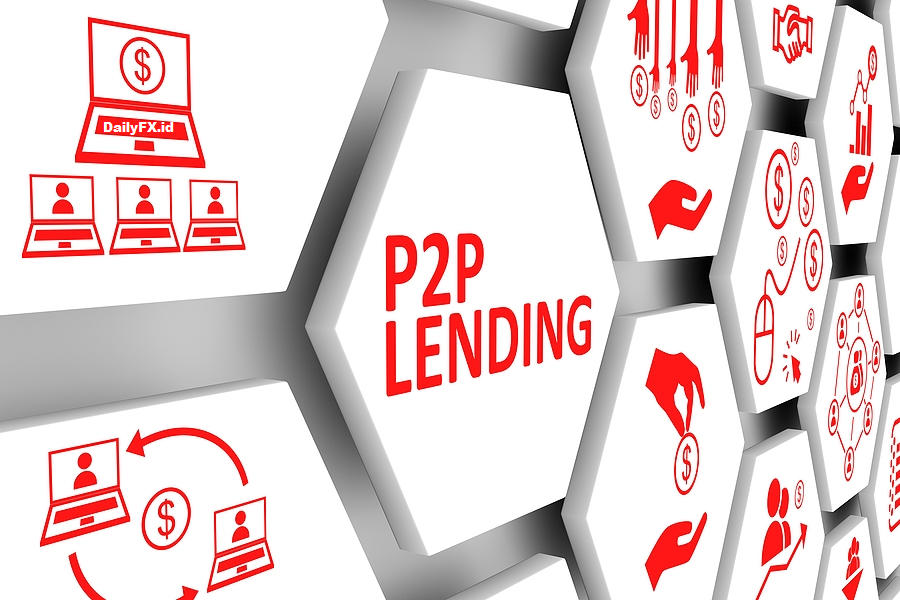DeFi debit cards connect web3 wallets to traditional payment rails. They allow you to seamlessly spend crypto balances in real-world settings. Providers issue virtual or physical cards corresponding to an account. Users transfer assets like stablecoins from DeFi protocols into the account wallet. Behind the scenes liquidity partners convert crypto holdings into fiat, often leveraging exchange partnerships. Fiat gets loaded onto branded debit cards drawing from the crypto-collateralized account balance for online and point-of-sale transactions. Perks like cash back, staking rewards, and discounted trading fees differentiate competing offerings. The biggest value is liquidity flexibility allowing DeFi users to minimize asset sales.
Slow chain interactions
DeFi debit relies on punctual communication across varied backend systems to seamlessly transition assets from web3 wallets to merchant payments. Yet asynchronous blockchain activity adds delays. Integration layers often take too long to relay necessary data. Poor user experience diminishes one of the core value propositions of DeFi – instant liquidity on demand. Networks scaling transaction throughput and tools optimizing inter-system data flows remain lacking.
Uncertain regulations
Regulatory jurisdiction over nascent decentralized payment channels stays largely undefined. As global authorities explore legislative frameworks projects risk getting caught exploiting gray areas. Without compliance clarity, many larger institutions shy away from crypto collaborations. And without mainstream merchant processor and card issuer relationships, crypto debit relies on smaller players. Limited capacity caps market reach, constraining availability, particularly for users needing physical card options.
Bridging the gaps
Despite challenges, DeFi debit adoption looks poised to accelerate thanks to dedicated builders converging efforts across blockchain technology, financial tools, and front-end application layers to streamline flows. L2 payment processors like Connext enable instant off-chain transactions while pooling liquidity between dApps minimizes slippage and cross-chain data lags. Advances in Layer 1 chains improve throughput. Orchestration middleware like Goldfinch looks to open source foundations to unite merchants, existing rails, plus custom blockchains as modular commodities developers implement without reinventing the wheel each goes around. Initiatives like the recently launched new payment network solvent API standardize wallet interactions across otherwise siloed dApps to finally facilitate effortless interoperability and user experience.
Light at the end of the tunnel
We stand at the cusp of a vast shift gradually transitioning finances to put users first. As solutions enhance the reliability and accessibility of decentralized payment channels, adoption will cascade carrying the system to scale. Retik’s DeFi debit card unlocks the first stepping stone in allowing web3 users to road test what may become commonplace in the coming years conducting entire economic lives via programmable open money protocols. When the tools progress to support livelihoods the size of nation-states within decentralized architecture, increased utility dethrones traditional intermediaries as gatekeepers to prosperity.
Right now fragmented specialization constrains DeFi debit options, but collaboration and shared standards will open more doors to more people at lower costs in the imminent future. The solutions may look different from than card-based transactions we’ve grown accustomed to, but that’s innovation’s job surprising and delighting users by manifesting unexpected possibilities.













